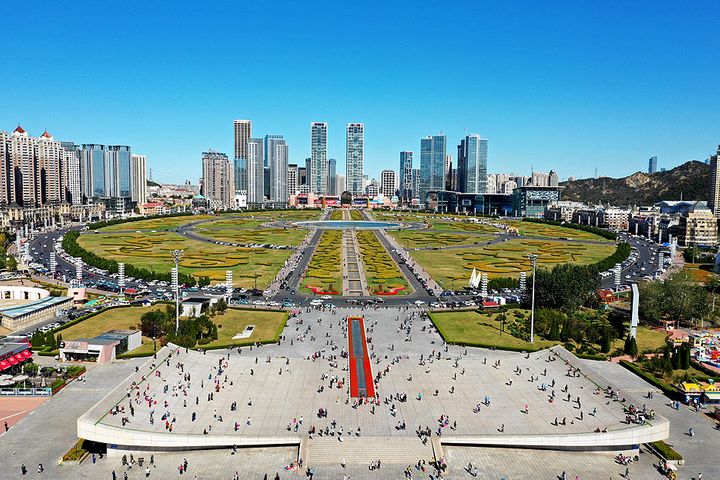 Economies Diverge Among Major Cities in China's Rust Belt
Economies Diverge Among Major Cities in China's Rust Belt(Yicai Global) Nov. 13 -- Regional economies across China's Rust Belt -- the three provinces that make up its northeast and have struggled with growth in recent years -- have varied greatly this year as some cities leveraged tech to add more value while others flustered in sync with their most prominent industries.
Liaoning's provincial capital Shenyang and port city Dalian were the only cities among Northeast China's biggest four to grow their economy faster over the first three quarters than the first half, while Jilin's capital Changchun and Heilongjiang's capital Harbin saw their gross domestic product rise slower, according to official data.
China's northeast is dominated by industry and slowing national and southeastern economic growth is weighing on demand for basic goods from Northeast China, Prof. Yi Baozhong, of Jilin University's Northeast Asian Studies College, told Yicai Global. The region will need to diversify its industrial structure, improve local business environments and merge tech innovation, manufacturing and the digital economy if it is to keep expanding, he added.
Dalian expanded its GDP by 6.6 percent annually to CNY574 billion (USD81.8 billion) during the first three quarters, growing 0.1 point faster than in 2018 despite the national economic growth rate slipping over the same period to 6.2 percent. Liaoning's provincial GDP over the first nine months was just 5.7 percent.
The city's success was largely a result of growth in the secondary industry, with value added over the period leaping 10.5 percent annually to CNY227.5 billion. Larger industrial firms added even greater value, up 14.6 percent on the year and growing 0.6 point faster over the first nine months than the first six, with high-tech manufacturers making up 23.1 percent of all value added.
Shenyang managed to boost its economy by 4.2 percent over the same period to CNY472 billion, compared with a 4 percent rise over the first half.
The city has obvious local advantages in equipment manufacturing and new materials, an official from the municipal government's investment department told Yicai Global. The city is learning from developed areas in the southeast and improving its business environment to create greater opportunities in Shenyang, he added.
Tale of Two Halves
Changchun was the worst performing of the major cities in the Rust Belt. Its economy stayed flat at CNY466 billion from January through September despite a 0.5 percent gain during the first half.
A severe decline in manufacturing weighed on performance as total industrial output slumped 5.5 percent annually through September, compared with a 4.2 percent slide during the first eight months. Fixed asset investment also dived 16.9 percent, with industrial investing plummeting 37.3 percent.
Changchun is renowned for its automotive industry but the car sector has been flagging this year, Yi said, adding that the city needs to find new areas of growth and diversify its industries in order to avoid single-sector slumps harming the regional economy.
Harbin's GDP reached CNY449 billion over the first three quarters, a year-on-year increase of 4.5 percent but still 0.5 point lower than expansion over the first six months.
Editor: James Boynton